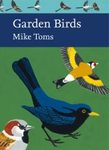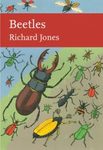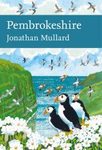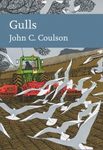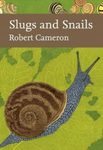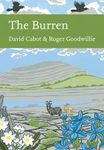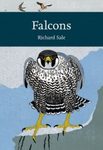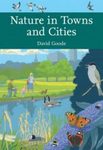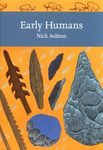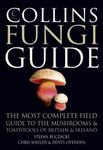Monograph
By: WH Pearsall(Author), Winifred Pennington(Author)
320 pages
Covering the natural and human history of the Lake District National Park and adjoining areas. An authorative study for specialists, but also a book that is irresistable to walkers and amateur naturalists who care about an area so unique and vulnerable.
![The Lake District The Lake District]()
Click to have a closer look
About this book
Related titles
About this book
Complete your New Naturalist collection with Harper Collins's facsimile versions, which are printed on demand. The Lake District was first published in 1973.
Between the Morcambe and the Solway sands lies this region of unique beauty, spectacular in the stark grandeur of its mountains; the lakes themselves – varying from Derwentwater and Windermere with their gentle shores and wooded islands, to scree-bordered Wastwater; the sheer crags of volcanic Scafell and Great Gable contrasting with the softer northern slates of Skiddaw and Blencathra; the coastal strip of limestone, sandstone and boulder clay with its deep piercing estuaries; the grassy uplands and lovely dales, and the steep, dark fells of Kentmere and Shap to the east.
The Lake District covers the natural and human history of the both the Lake District National Park and adjoining areas – their landscape, geology and glaciation; the bird, fish, insect and invertebrate fauna of lakes and tarns; the flora and fauna of becks and rivers; climate; soil and soil history; the ecology of woodlands, mountains, and fells and dales – the three main types of Lakeland habitat. The human history of the Lake District is traced from pre-history through the centuries to the present day, on the evidence of the archaeologist, the historian and the conservationist.
Professor Pearsall, one of the most distinguished ecologists of our time, died in 1964. He left notes prepared for The Lake District which his friend and colleague, Dr Winifred Pennington (Mrs T G Tutin), a member of staff and the Freshwater Biological Association, Ambleside, and teacher of botany at Leicester University, was able to use together with the help of experts on different aspects of the Lake District in writing this comprehensive book.
Customer Reviews
Monograph
By: WH Pearsall(Author), Winifred Pennington(Author)
320 pages
Covering the natural and human history of the Lake District National Park and adjoining areas. An authorative study for specialists, but also a book that is irresistable to walkers and amateur naturalists who care about an area so unique and vulnerable.












